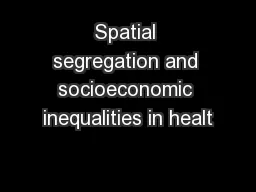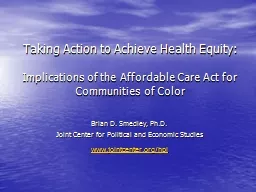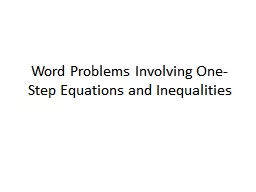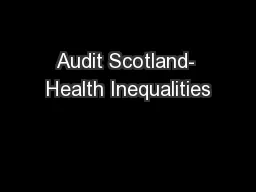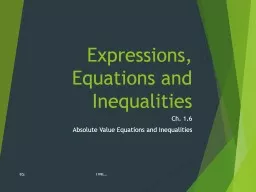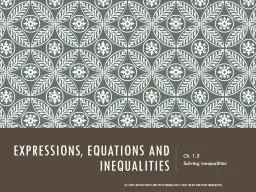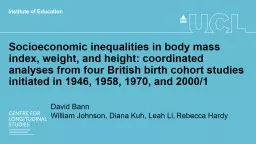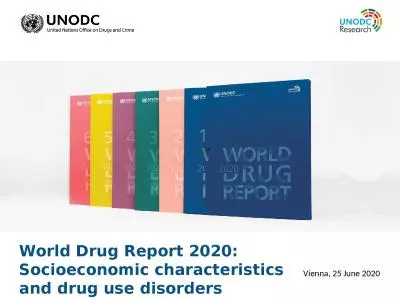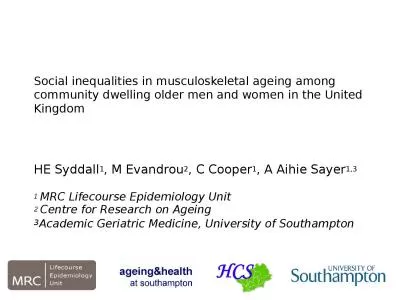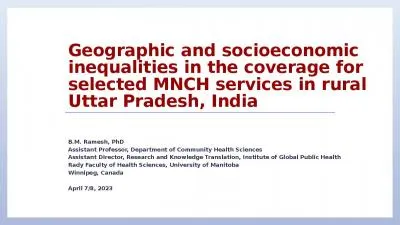PPT-Spatial segregation and socioeconomic inequalities in healt
Author : celsa-spraggs | Published Date : 2015-11-06
Brazilian cities An ESRC pathfinder project httpwwwccsracukdocumentsspatialsegregationofpovertypdf Kuznetz Curve 1958 Source Wilkinson amp Pickett The Spirit Level
Presentation Embed Code
Download Presentation
Download Presentation The PPT/PDF document "Spatial segregation and socioeconomic in..." is the property of its rightful owner. Permission is granted to download and print the materials on this website for personal, non-commercial use only, and to display it on your personal computer provided you do not modify the materials and that you retain all copyright notices contained in the materials. By downloading content from our website, you accept the terms of this agreement.
Spatial segregation and socioeconomic inequalities in healt: Transcript
Download Rules Of Document
"Spatial segregation and socioeconomic inequalities in healt"The content belongs to its owner. You may download and print it for personal use, without modification, and keep all copyright notices. By downloading, you agree to these terms.
Related Documents

